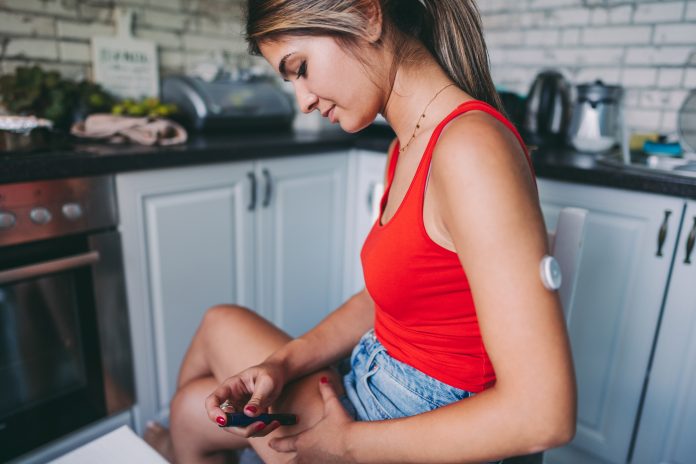
A 25-year old woman has become the first person to be treated for type 1 diabetes using cells extracted from her own body—an allogeneic transplant. She started producing her own insulin less than three months after receiving a transplant of reprogrammed stem cells. In a notable change from standard practice. The cells were injected into the woman’s abdominal muscles. Most islet transplants are injected into the liver, where the cells cannot be observed like they can in the abdomen.
The study was published in Cell this week. The lead author is Shusen Wang of Tianjin First Central Hospital, School of Medicine, Nankai University.
For this study, patient specific chemically induced PSCs (CiPSCs) were generated using the team’s previously reported chemical reprogramming approach and subsequently differentiated in vitro into insulin-producing islet-like cells using their previously established protocol. Within two weeks after transplantation, the patient’s daily exogenous insulin dose requirement began to reduce from baseline of 54 ± 0.9 units/day. From day 18 post-transplantation, the patient’s daily insulin dose requirement decreased steadily from 43 units/day.
The patient achieved complete insulin independence on day 75. Thereafter, she has remained insulin-independent for the follow-up period of one year.
In a similar study, a few months ago a group in Shanghai successfully transplanted insulin-producing islets into the liver of a 59-year-old man with type 2 diabetes. This was also an allogeneic transplant, as islets were also derived from reprogrammed stem cells taken from the man’s own body. He has since stopped taking insulin. The researchers said this was the world’s first treatment of type 2 diabetes using stem cell-derived islet transplantation.
According to the NIH, in 2021, there were approximately 8.4 million individuals living with type 1 worldwide, with 500,000 new cases that year. By 2040, the number of people living with T1DM is projected to reach 13.5–17.4 million. An estimated 420 million people have type 2 diabetes around the world. Patients with type 1 disease must take insulin, some patients with type 2 also need it.
Pluripotent stem cells (PSCs) are an unlimited cell source for cellular replacement therapies such as islet transplantation, owing to their ability to self-renew and differentiate into functional cell types. The derivation of human iPSCs from somatic cells in 2007 heralded the ethical generation of pluripotent stem cells, making patient-derived autologous regenerative medicine possible.
This team previously successfully reprogrammed human somatic cells into chemically induced PSCs (CiPSCs).Different from conventional iPSCs, which are generated from somatic cells by genetic overexpression of transcription factors, the generation of CiPSCs from somatic cells employs abiotic, small-molecule chemicals as reprogramming factors that are easily manufactured and standardized, non-genome integrating, scalable, and fine-tunable.
“This approach provides a fundamentally different route to generate human PSCs (hPSCs) that are suitable for therapeutic applications,” the researchers wrote. They added that, “In addition to the generation of hPSCs, the development of strategies to induce differentiation of PSCs into functional islet like cells (hPSC-islets) has been a decades-long pursuit by our group and others.”





